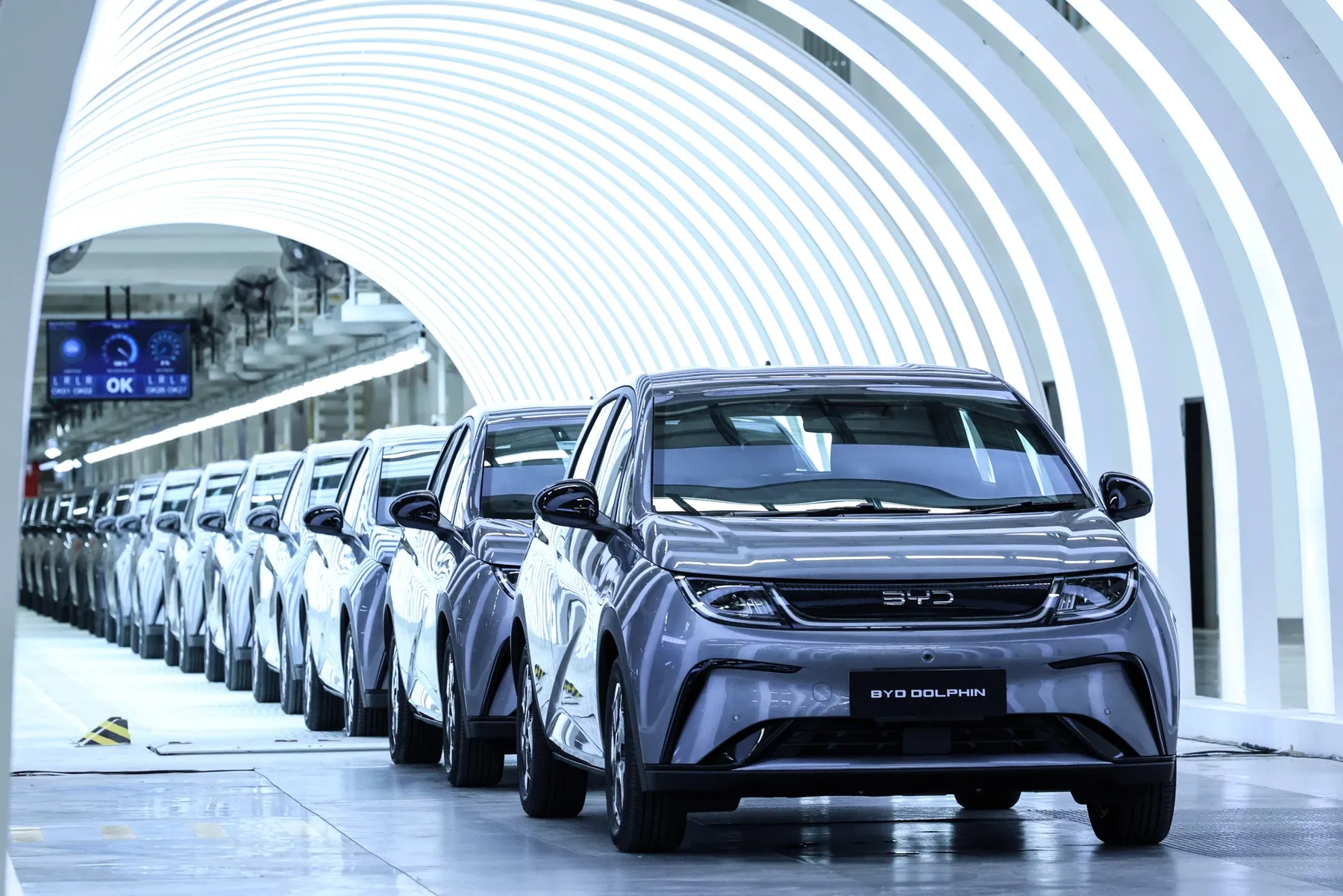The electric vehicle (EV) evolution is more than a mobility trend. It’s a revolution in enterprise infrastructure, brand storytelling, and digital transformations. By 2025, EV adoption is more than just fleet updates or ESG obligations. EV adoption is a C-suite imperative.

For CMOs, CFOs, and CTOs, the corporate shift toward EV presents a unique convergence: sustainability, innovation, and competitive advantage wrapped in the same investment. Understanding what it means operationally, financially, and reputationally will factor into your future readiness.
The CMO Lens: EVs as Brand Channels, Not Just Assets
Vehicle as Visibility Platforms
In a media-saturated economy, the challenge of getting anyone’s attention is one of scarcity. EVs, especially ones that represent branded fleet vehicles, act as moving billboards with built-in ESG credibility. A 2023 Nielsen study discovered that sustainability messaging delivered in public venues has increased brand recall by 42%. For CMOs, every EV is a visual asset within the brand ecosystem.
Storytelling Through Infrastructure
Tesla challenged the typical conception of a car brand, not by advertising, but through product-led storytelling. Today, even non-automotive companies are realizing that the same principles apply. Take DHL, for example, it began electrifying its logistics fleet across Europe and wrapping its vehicles in climate impact statistics and clean-energy verbiage. This is not about logistics; this is narrative strategy.
Social-First Fleet Media
The next frontier is turning EV activations into shareable content. Short-form video, influencer campaigns at EV charging stations, or time-lapse clips of electric deliveries all reinforce a brand’s forward stance. In B2B marketing, that edge builds trust faster than whitepapers ever could.
CMO takeaway: If you’re not thinking of EVs as media, you’re wasting both mobility and marketing potential.
The CFO Lens: From Cost Center to ESG-Positive Asset Class

The Numbers Are Shifting
EVs used to be expensive experiments. No longer. BloombergNEF reports that total cost of ownership (TCO) parity between EVs and ICE vehicles has been achieved in many urban commercial use cases since 2023. With lower fuel and maintenance costs, EVs now offer a better lifecycle value in delivery, ride-share, and urban logistics scenarios.
Tax Incentives and Green Financing
As we move towards 2025, CFOs are dealing with a different array of incentives. Governments all over the world are presenting a multitude of subsidies, green bonds, and carbon credits associated with deploying EVs. European countries’ CBAM (Carbon Border Adjustment Mechanism) and the US IRA (Inflation Reduction Act) incentivize operations aligned with the deployment of EVs to help reduce compliance risks and make finances look better.
ESG Reporting & Access to Capital
Environmental disclosure requirements are becoming stricter. Investors and rating agencies are closely inspecting Scope 3 emissions. Corporate EV fleets provide a tangible way for companies to show there has been action. This leads to higher ESG ratings, access to sustainability linked loans, and better reputational outcomes with institutional investors.
CFO takeaway: EVs are no longer liabilities—they’re measurable, financeable ESG assets.
The CTO Lens: EVs as Connected Infrastructure
Software-Defined Mobility
Today’s electric vehicles (EVs) are computers on wheels. They generate telemetry data, and they not only communicate with charging grids but also receive over-the-air software updates. This creates a new layer of digital operations for CTOs: fleet analytics, driver behaviour dashboards, energy optimization models, and predictive maintenance protocols.
Interoperability and Integration
The expansion of EVs requires rethinking backend highway infrastructure. Existing charging systems need to be integrated with facility management, enterprise resource planning, and procurement systems. CTOs will need to contend with cybersecurity, data privacy, and uptime resilience in the context of integrating back office systems. And with more cities requiring shared grid participation and real-time updates, those pressures will only increase.
Artificial Intelligence, the Internet of Things, and Edge Computing
Enterprise level EVs are now part of the artificial intelligence (AI) ecosystem and are on the edge of IoT devices. Smart routing, battery diagnostics, fleet health forecasts. All of these functions require edge compute capability and the mapping of IoT sensors. Companies like Amazon and NIO already operate AI-based EV and fleet optimizers that reduce waste in energy by 12% – 20%.
CTO takeaway: The EV transition is not just electrical—it’s digital transformation on wheels.
The Unified Strategy: When All Three Functions Align
When the CMO, CFO, and CTO priorities align, EV adoption becomes more than a green upgrade; it becomes a competitive wedge.
Case Study: IKEA
IKEA committed to 100% EV all-last-mile delivery in 2025, in metropolitan areas. Marketing used the shift to promote IKEA with climate-positive messaging. Finance organized green loans to finance vehicle procurement. Technology teams integrated fleet telematics with real-time delivery tracking, and the impacts are a triple win on ESG reports, customers’ loyalty, and organizational efficiency.
Case Study: BYD
When Chinese BYD produced EVs, it created a national-scale solution positioned as not just the manufacture of EVs but mult bi-modal/multi-technological products with branding to counter: CFOs wrapped up battery supply chain contracts, CTO was rolling out AI logistical factories, and CMOs were interpreting everything to campaign about energy sovereignty, and pride behind technology. BYD is now one of the largest producers of EVs in the globe—and has developed the skill to use storytelling.
Strategic Recommendations for the C-Suite
✅ CMO
- Manage your EV fleet as a rolling content asset
- Embed sustainability messaging into vehicle messaging
- Deploy EVs in support of social media, earned media, and CSR campaigns
✅ CFO
- Conduct a TCO assessment across vehicle types and geographies
- Use the EV deployment process as a vehicle for what’s reported in ESG metrics
- Explore green bonds, carbon credits, and incentive-based financing
✅ CTO
- Integrate telematics into internal systems (ERP, logistics, analytics)
- Prioritize secure, scalable infrastructure for charging hardware and data exchanges
- Prepare AI and IoT connections through EV operations.
Conclusion: EVs Are No Longer Niche—They’re Strategic
Electrification is not only a supply





